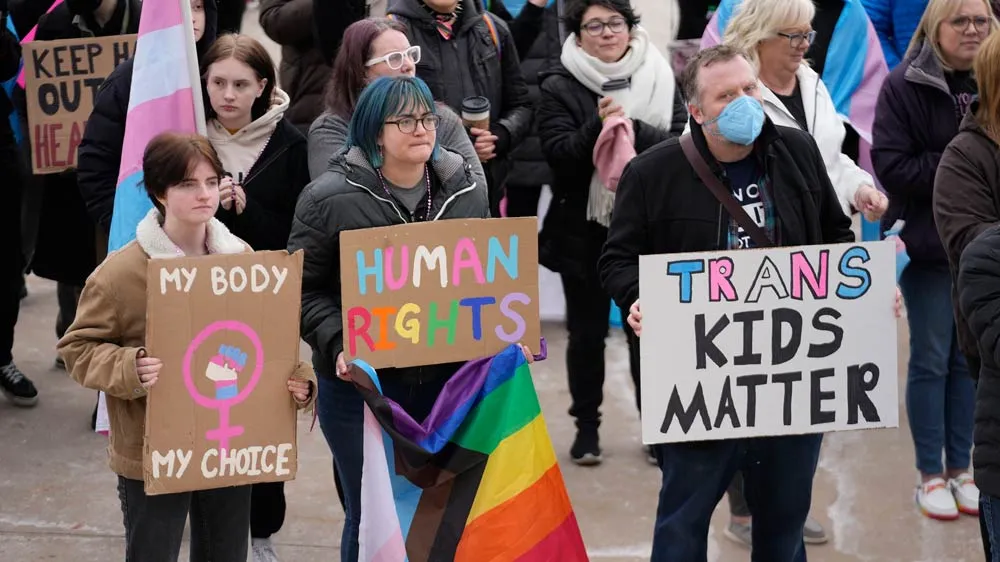June 30, 2017
NYU Researchers Investigate Why U.S. Public Still Lacks Specific Knowledge of Zika Virus Risk
READ TIME: 4 MIN.
Even though a large majority of the U.S. public is aware of the Zika virus, according to a New York University (NYU) Zika study, fewer than half know some of the hallmarks of this novel virus: that it can cause birth defects among babies born to Zika-infected pregnant women, that it may be sexually-transmitted in addition to being mosquito-borne, and that most human hosts carrying the virus may be asymptomatic after having been infected.
"Public health officials are being extremely vigilant about the Zika virus," said New York University's College of Global Public Health (NYU CGPH) associate professor David Abramson, the lead investigator on several Zika risk perception studies. "However, the general public is adopting a 'wait-and-see' attitude. Our studies of the public's views on Zika risk should help reframe risk communication strategies, particularly if they need to be rapidly mobilized in response to an outbreak."
The vast majority of the approximately 4,100 Zika infections in the U.S. have been acquired outside of the country, in areas such as South America and the Caribbean where the Zika virus is far more prevalent. According to the US Centers for Disease Control and Prevention, of the 137 cases of Zika infection that have been contracted to date in the U.S., virtually all of them have been in Miami-Dade County, Florida.�Public health officials are monitoring nearly 900 Zika-infected pregnant women in the U.S. for potential birth defects and neurological conditions that could be related to the Zika virus.
The study, "U.S. Public's Perception of Zika Risk: Awareness, Knowledge, and Receptivity to Public Health Interventions," by the Program for Population Impact, Recovery and Resilience (PiR2) at NYU CGPH, notes that even though a large majority of the public is aware of the Zika virus, people are split on their support for various public health interventions to prevent or address Zika infections.�
Over 60 percent of the U.S. public supports federally-funded abortion services for Zika-infected pregnant women at risk for delivering babies with birth defects, but fewer than 40 percent would support a government campaign of indoor house spraying to control mosquitoes.
Although there have been limited outbreaks of Zika infections in the continental U.S., the threat of the Zika virus persists, according to public health officials and research scientists.
"In the absence of medical countermeasures such as vaccines and anti-viral treatments, the most effective tools relate to prevention, mitigation, and surveillance," notes Dr. Abramson. "For all of these, risk communication is critically important in order to generate support for public health intervention campaigns, and to encourage those population practices that can limit viral transmission."
Among the report's key findings, derived from the national population study funded by National Science Foundation (NSF), are:
Additionally, U.S. residents who identify as Democrats are nearly seven times as likely as those who identify as Republicans to support access to federally-funded abortion services for pregnant women infected with the virus. Furthermore, U.S. public health officials are on high alert for signs of Zika outbreaks but a large majority of U.S. public does not see itself at risk.
Abramson and his NYU CGPH research team have received funding from the NSF and from the Robert Wood Johnson Foundation (RWJF) to study the evolving perception of the Zika threat among the U.S. public, with a particular emphasis on women of child-bearing age.
Their initial briefing report is based on a series of national population surveys, funded by NSF and on a year-long longitudinal panel study, funded by RWJF, of women of child-bearing age. The report was shared with key federal, state, and local public health officials.
For more information, visit http://www.nyu.edu/content/dam/nyu/publicAffairs/documents/PDF/research/PiR2_Zika_Report_rf.pdf


